Red Borneo Kratom is a unique strain of the Mitragyna speciosa tree, native to the island of Borneo. This tropical...
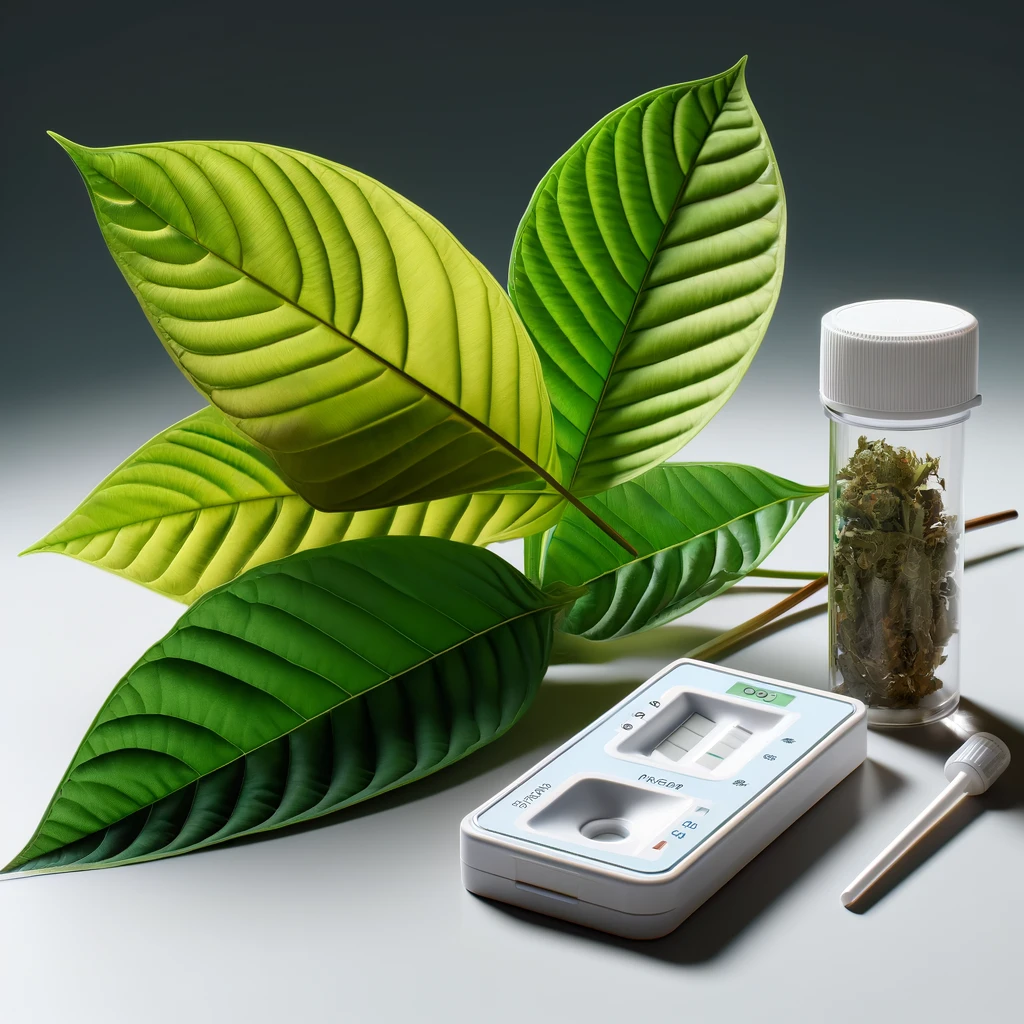
Will Kratom Show Up on a Drug Test? What You Need to Know
Kratom, a tropical tree native to Southeast Asia, has gained significant popularity in recent years for its potential therapeutic benefits. Derived from the leaves of the Mitragyna speciosa plant, Kratom has been used traditionally for its stimulant and pain-relieving properties. However, as Kratom's use continues to rise, many individuals are left wondering whether this substance can be detected in drug tests. Understanding the detectability of Kratom in various drug screening methods is crucial, especially for those who may face employment or legal consequences.
What is Kratom?
Kratom, scientifically known as Mitragyna speciosa, is a tree that belongs to the coffee family. Its leaves contain several alkaloids, including mitragynine and 7-hydroxymitragynine, which are responsible for the plant's psychoactive effects. Kratom has been used for centuries in Southeast Asia for its potential to boost energy, alleviate pain, and help manage opioid withdrawal symptoms. However, it's crucial to note that Kratom's safety and efficacy are still under investigation, and its use carries potential risks and side effects, including nausea, vomiting, constipation, and respiratory depression, especially with high doses.
Does Kratom Show Up on Standard Drug Tests?
Most standard drug tests, such as those used for employment or legal purposes, do not typically screen for Kratom or its metabolites. These tests are designed to detect the presence of substances like cannabis, opioids, amphetamines, and cocaine, among others. However, Kratom is not explicitly included in the majority of standard drug test panels because it is not a controlled substance at the federal level in the United States.
Types of Drug Tests and Kratom Detection:
Urine Tests:
While Kratom may not be detected in standard urine drug tests, it is possible for Kratom metabolites to be identified in specialized urine tests. These specialized tests are designed to detect the presence of Kratom alkaloids, such as mitragynine and 7-hydroxymitragynine, which can be present in the urine for several days after Kratom consumption. The detection window for Kratom in urine tests can vary based on factors like dosage, frequency of use, and individual metabolism.
Blood Tests:
The detection of Kratom in blood tests is also possible, but it typically requires the use of specialized testing kits specifically designed to identify Kratom alkaloids. The window for detecting Kratom in blood is relatively short, as the alkaloids are metabolized and eliminated from the body within a few days. Blood tests are generally less common than urine tests for drug screening purposes, but they may be used in certain legal or medical situations.
Saliva Tests:
Similar to blood tests, Kratom can potentially be detected in saliva tests, although the detection window is even narrower. Saliva tests may be able to identify the presence of Kratom alkaloids for a few hours after consumption, but their accuracy can be affected by various factors, such as hydration levels, pH balance, and the concentration of alkaloids in the saliva. Saliva tests are less commonly used for drug screening compared to urine or blood tests.
Hair Tests:
Hair follicle drug tests are known for their ability to detect substance use over an extended period, typically several months. While research on Kratom detection in hair tests is limited, it is possible that Kratom use may potentially show up in hair follicle drug tests, particularly for regular or long-term users. Hair tests can provide a longer detection window compared to other methods, but they are generally more expensive and less commonly used for routine drug screening.
Factors Affecting Kratom Detection in Drug Tests
Several factors can influence the detectability of Kratom in drug tests, including:
-
Dosage and frequency of Kratom use: Higher doses and more frequent use of Kratom can increase the likelihood of detection and prolong the detection window. Regular, heavy Kratom use is more likely to be detected compared to occasional or low-dose use.
-
Metabolic rate and individual differences: Each person's metabolism and biochemical composition can affect the rate at which Kratom alkaloids are processed and eliminated from the body. Factors like age, weight, and overall health can influence an individual's metabolic rate.
-
Time since last Kratom use: The longer the time since the last Kratom consumption, the lower the chances of detection, as the alkaloids are gradually metabolized and eliminated from the body. The detection window can vary depending on the specific test and the individual's metabolism.
-
Type of drug test and detection windows: Different drug testing methods have varying detection windows and sensitivities, which can impact the ability to detect Kratom alkaloids. Urine tests generally have a longer detection window compared to blood or saliva tests, while hair tests can provide a more extended detection period.
Legal Status and Workplace Drug Testing Policies
While Kratom is not currently classified as a controlled substance at the federal level in the United States, its legal status varies across different states. Some states have implemented regulations or bans on Kratom possession and use, while others have taken no action. It's essential to familiarize yourself with the specific laws and regulations regarding Kratom in your state or locality.
Furthermore, many employers have their policies regarding drug testing and the substances they screen for. Some companies may choose to include Kratom in their drug testing protocols, especially if they operate in states where Kratom is regulated or if they have concerns about potential safety or productivity issues. It's crucial to check your workplace's drug testing policies to understand if Kratom is explicitly included or if specialized tests may be used to detect its presence.
Seeking Help
Chronic Kratom use can lead to dependence and withdrawal symptoms when discontinued abruptly, making it important to seek assistance for safe detoxification and management of withdrawal effects. There are various resources available, including counseling, therapy, and rehabilitation programs specifically designed to address substance abuse issues. Reaching out to support groups or addiction treatment facilities can provide you with the necessary guidance and support to overcome Kratom dependence and develop healthy coping strategies.
The Bottom Line
While Kratom is not typically detected in standard drug tests, it is possible for Kratom metabolites to be identified in specialized tests designed to screen for Kratom alkaloids. The detectability of Kratom in drug tests can vary depending on factors such as dosage, frequency of use, individual metabolism, and the type of test employed.
It's crucial to be aware of your state's legal status regarding Kratom and to familiarize yourself with your employer's or organization's drug testing policies. If you are subject to drug testing and have concerns about Kratom use, it's advisable to consult with the testing facility or your employer to understand their specific protocols and potential consequences. For those who choose to use Kratom responsibly, sourcing premium quality kratom from reputable vendors like Speakeasy Kratom can help ensure a safe and enjoyable experience.

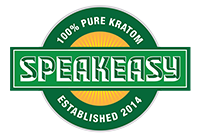





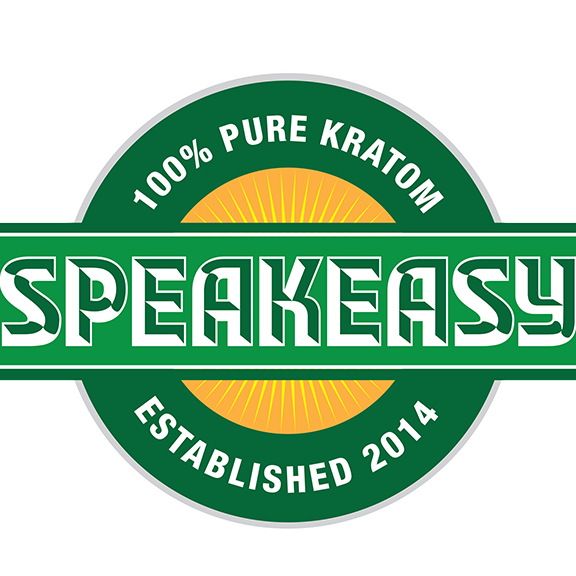
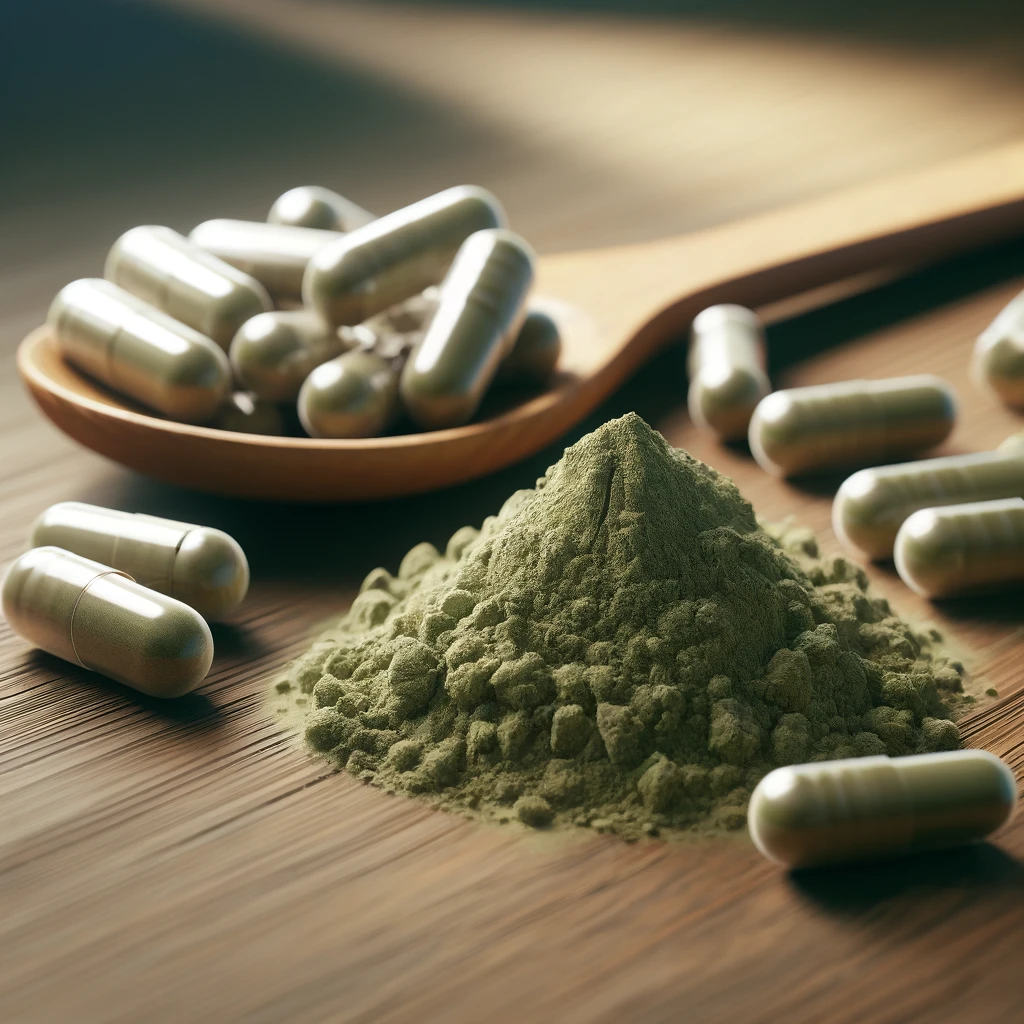



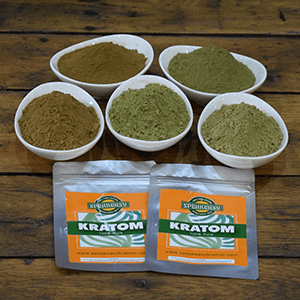

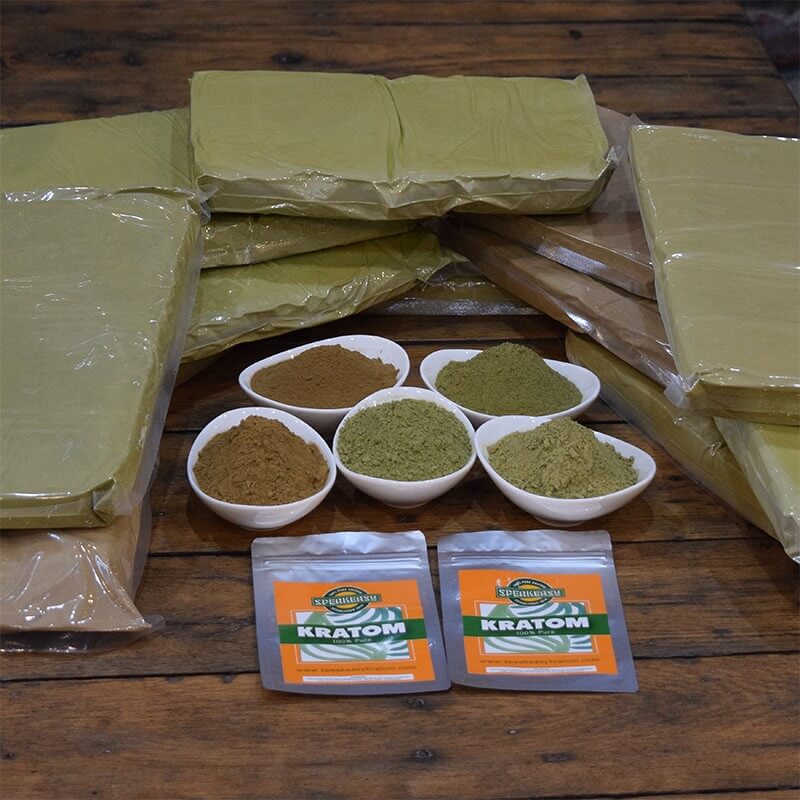

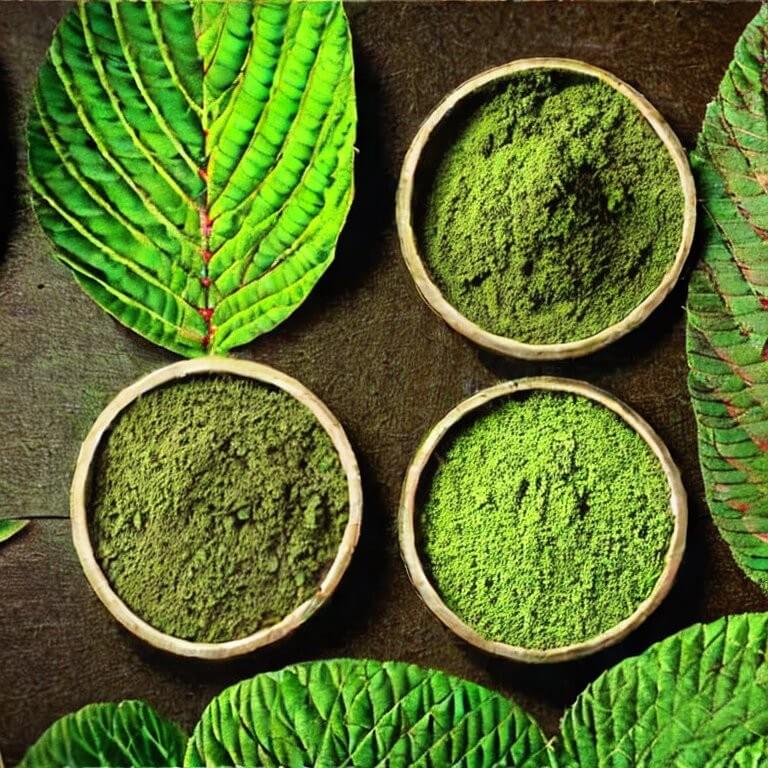
Leave a comment